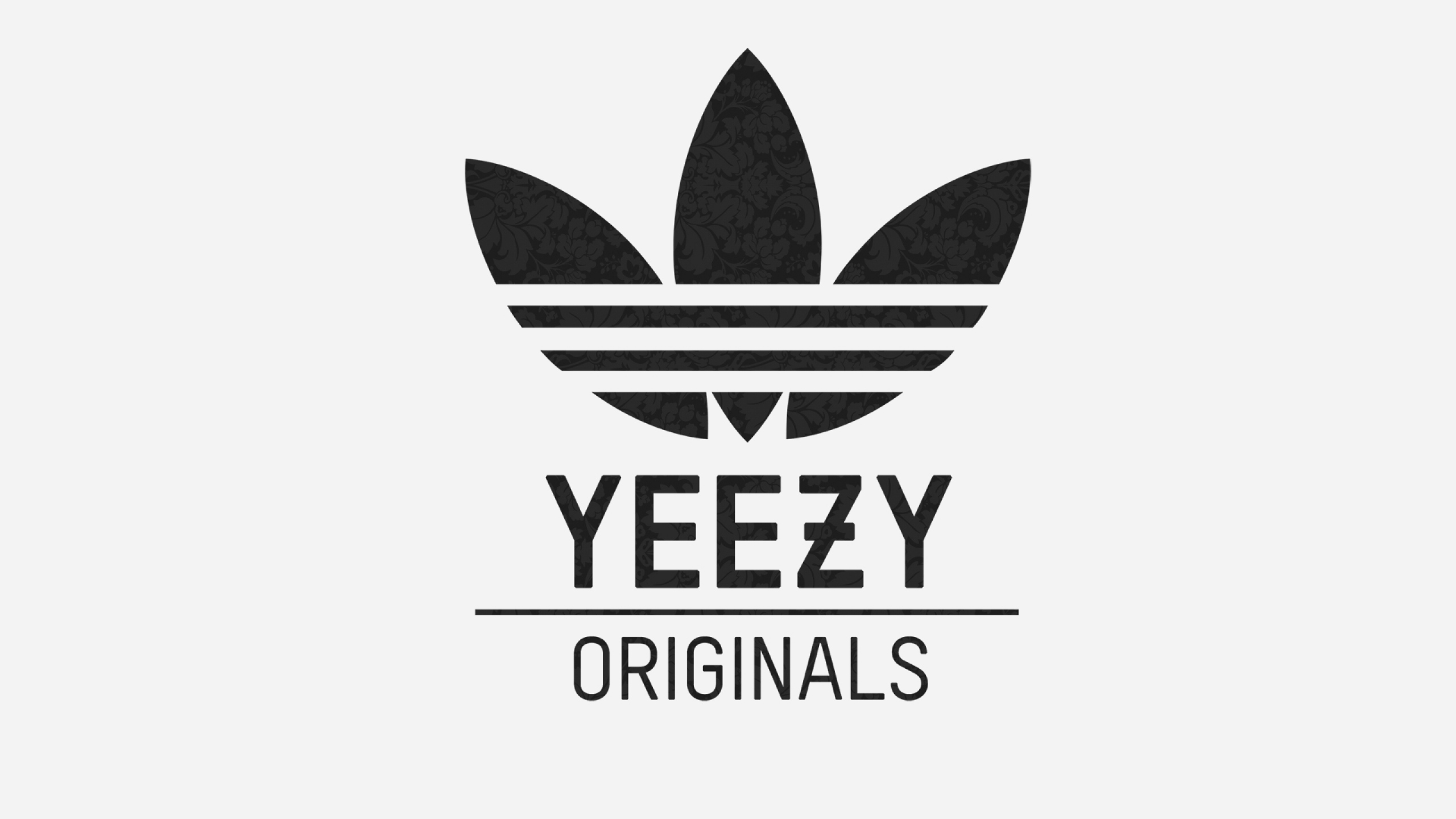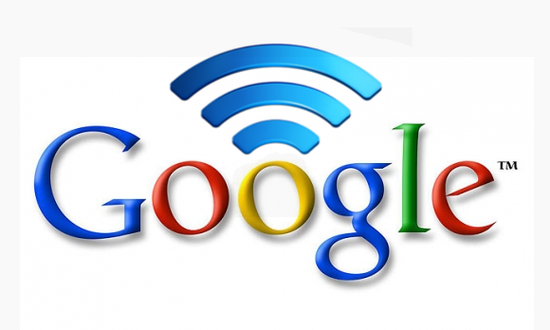Brexit: As the dust settles… When do we have to invoke article 50?
You work hard to get traffic to your website. You pay for advertising. You optimize for the search engines. You work it on social media.
And it pays off! Traffic comes. People arrive. They look at what you have to offer. And — they hesitate.
It takes just a moment’s hesitation to create doubt. In that moment, you can lose a customer. They find you — but do they trust you?
In the real world, people do business face to face. They meet the waitress, the sales clerk, the serviceman. They make a judgment call instinctively as to whether they like you, whether they trust you and whether they want to do business with you. I’ve walked out of stores that felt too pushy. I’ve walked out of car dealerships. Your website visitors can walk out, too.
Does your website say “Trust me!” so that a customer never doubts? Let’s consider three types of business websites:
- Local business: Your website is an extension of a real business, where you come face to face with your customers in the flesh (store, theatre, trades).
- Service business: You interact with your customers, but not always in the same city (accountant, coach, and translator).
- Ecommerce: Your entire process is automated. If all your customers were pink fairy armadillos, you would never know. (Those are real animals, by the way, although rarely seen on ecommerce websites).
Whichever type of businesses you run, ask yourself the following questions.
1. Can customers visualize me?
If they can’t meet you in person, the next best thing is to see you. A picture of the business owner, with his or her name, goes a long way. A quote beneath the picture about “quality” or how you “love customers” goes even further. A video message from the owner is best. Video is more tangible, almost like meeting you. When I redesigned my website, it’s the first thing I added.
Check out the video on the home page of a local contractor’s website. There is something special about this screenshot. Keep reading.
If not a video, how about photos of the whole team, as The Pike Brewing Company has. You’ll see the same approach across the pages of my website. The Great Lakes Brewing Company shows the “Two Irish brothers” who founded the company, when telling their story.
Which type of website most needs a real, live person up front?
Ecommerce, of course. The more intangible the business, the more important to show real people behind it.
2. Can customers visualize my business?
If they can’t walk up to your counter, at least they can see that you have a real address. That boosts trust right away. A real address means that you are less likely to be a fly-by-night scammer. Even better, post a picture of your place of business
Which type of website most needs to show a real location?
You guessed it: ecommerce. The more virtual the business is, the more important to show that it is real. This business made sure that customers can contact them in every way possible:
3. Can customers chat with me?
Just because you have a video, doesn’t prove that you exist. Nor does it prove that you are reliable when customers need help. People muchprefer instant chat over calling for support.
Which type of website most needs instant chat? Right. Ecommerce. How did you guess?
4. Am I certified trustworthy?
Trust logos reassure people that they are safe doing business with you.
Studies show that people trust most the logos associated with anti-virus protection. That means Norton and McAfee. But Better Business Bureau (BBB), TRUSTe and Verisign also register fairly high. Why not post them all?
Which type of website most needs trust logos?
Of course, it’s ecommerce. This is especially true because, people will be handing money over online. In fact, Norton and McAfee are of interest only to ecommerce shoppers.
A quick look at local contractors, showed me that BBB figures prominently in all of them. Now, have you guessed what’s special about the video snapshot above? Check again.
5. Does the crowd support me?
Trust logos tell people that your business is safe. You deliver.
But do you deliver well? Let your customers do the talking. A text testimonial is OK, but easy to fake. A testimonial with a pic is more real. A video testimonial…well, that’s not fake, right?
6. Do customers get to know me?
One of the best things about shopping locally is that you get to know the store. You get to know the people in the store. You learn about their values and get a feel for what they stand for. Can your website do that? Of course it can. That’s what your “about” page is for.
“Once upon a simpler time…” begins “Our Story,” by Mission Mercantile leather goods. “Caring for the environment starts with being careful…” starts the story of Logs End Flooring. “Under the wise leadership of renowned tea expert, Mama Angel…” explains the “About” page of Karma Kisses. Storytelling is powerful. Customers buy from people they know and understand.
7. Can customers see my offering?
Try showing your product in use. Ideally, a satisfied customer shoots a video showing how well your product works. Show-and-tell and testimonial all in one shot.
You don’t have to do all these things to create trust. But the more you do, the less doubt customers will have, and the more sales you will make. Tell your story. Show as much as possible. Get third-party credibility. That’s what it takes.
So tell me, does your website say “Trust me”?
















